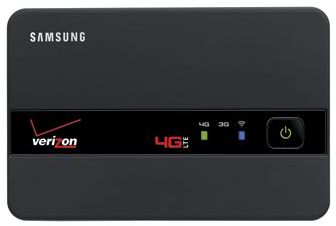4G MiFi vs. Phone as hotspot: Convenience or battery?


I jumped on the 3G MiFi when it first appeared on the market and never looked back. The ability to carry a tiny gadget in my gear bag that let me get onto the mobile network with a single button press was valuable to my mobile lifestyle. When the first 4G network rolled out in my area I quickly traded in that original MiFi for one that worked on the newer network. Same easy operation, much faster connection.
The appearance of the HTC EVO 4G, the first smartphone with integrated 4G connectivity, challenged the MiFi products directly. This phone had the ability to be used as a mobile hotspot for a fee that eliminated the need for a separate MiFi device. When I first got my EVO I enrolled in the mobile hotspot plan even though I had a MiFi device with a plan so I could test them side-by-side.
It didn't take me long to realize that the benefits of having just the single device (phone as mobile hotspot) were overshadowed by the cost of doing so. The 4G networks hit phone batteries hard due to the high connection speeds, and at times it seemed I was literally watching my phone battery meter visibly drop. I came to the conclusion that I couldn't afford to have a dead phone at the end of the day due to a dead battery, caused by using it as a mobile hotspot. I dropped the phone hotspot plan and kept using the MiFi device (Sprint Overdrive).
I have seen the same thing with the Verizon 4G network, and even though I have the HTC Thunderbolt on loan from Verizon I have ordered a Samsung device to use as a mobile hotspot. Testing of the Thunderbolt used as a hotspot shows that doing so can drain the battery in just a few hours. The Verizon LTE network is even harder on the device battery than the Sprint 4G network as it is much, much higher bandwidth. I can see draining a full Thunderbolt battery in less than 3-4 hours, leaving me without a phone.
Some folks will no doubt prefer to go with the one device option (phone as hotspot) and take along a second battery to get through the day. That's a viable option but in my experience I feel better going with the separate 4G Mobile Hotspot and leaving my phone to do phone stuff. How about you? Which option is right for you? Leave a comment in the TalkBack.